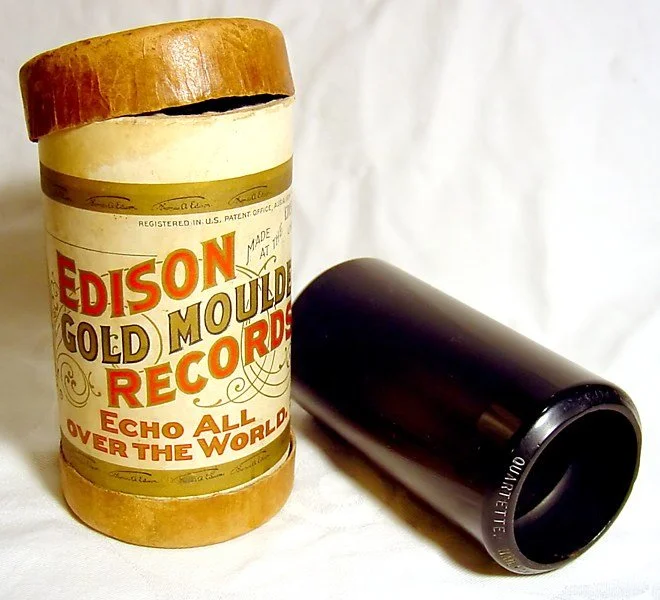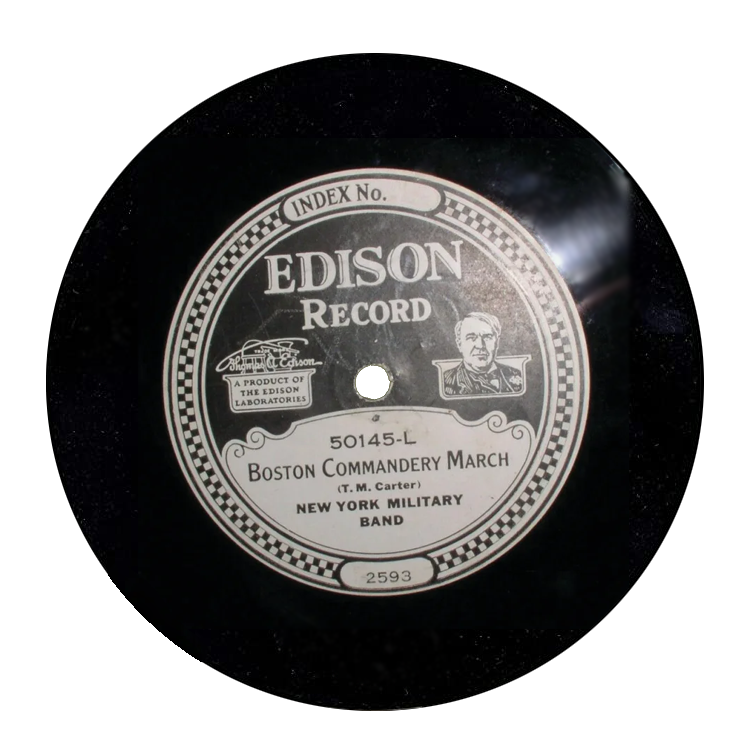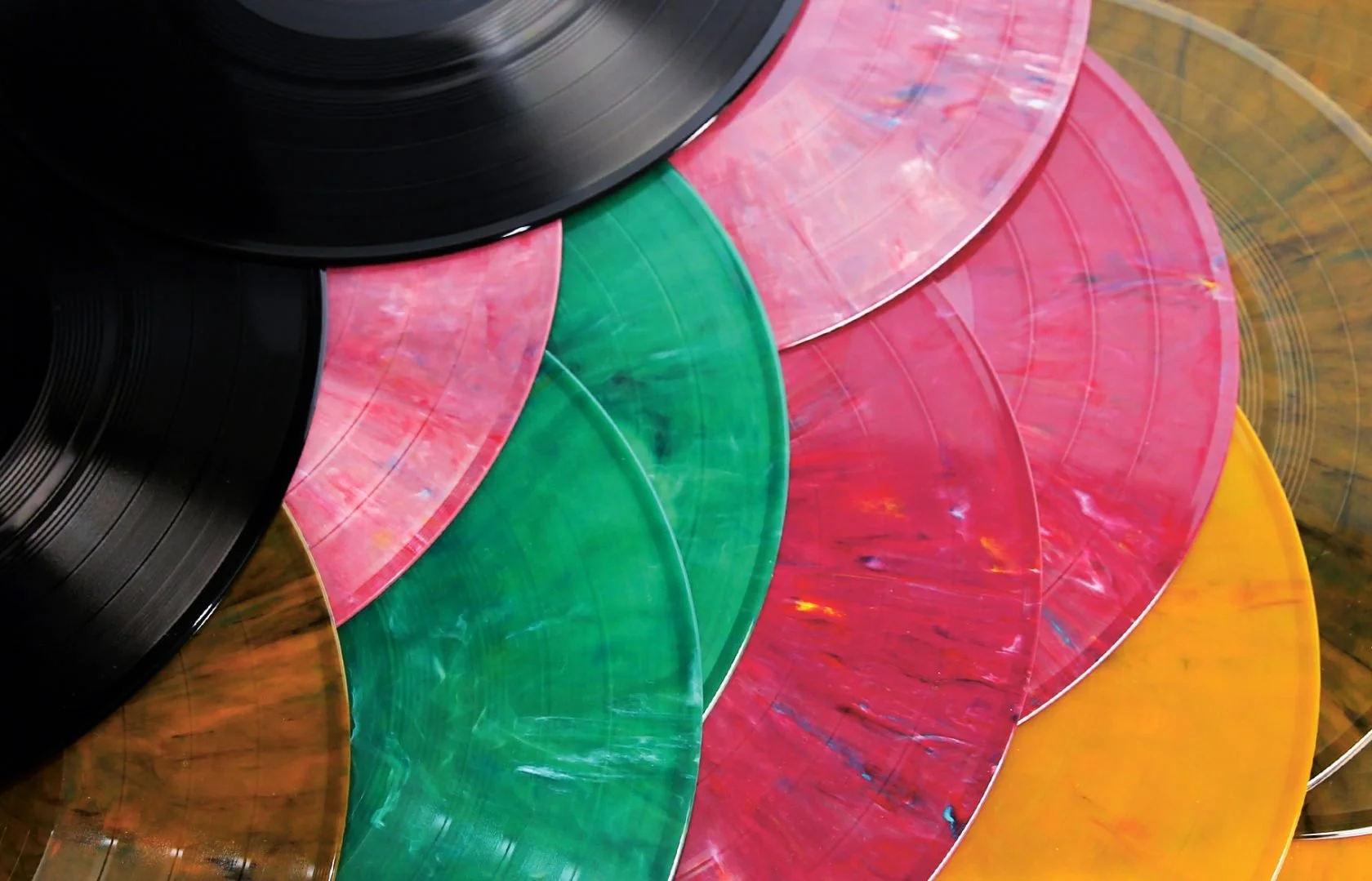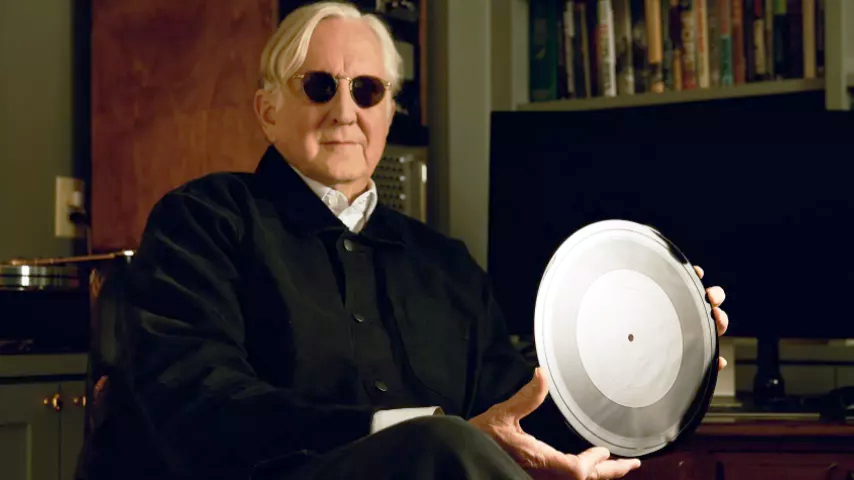"The Pinnacle of Sound" - Is 'Ionic Original' the Future of Music?
/How does the old adage go? “If it’s not broke, don’t fix it”? Well, with that in mind, many audiophiles would argue that the vinyl record is the pinnacle of sound. Having gone through several changes in its various incarnations over a 132 year history, is there a new contender for the throne in the form of T Bone Burnett’s “Ionic Original”?
You’ve got to know where you’ve been before you can know where you’re going…
Before music was readily available on black discs of varying materials and sizes, the forerunning commercial medium was found in the form of Wax Cylinders. But even this has a more complicated story…
First invented in 1877 by renowned American mastermind, Thomas Edison, the phonograph used a thin sheet of tin foil wrapped around a hand-cranked, grooved metal cylinder. Due to availability, refinement processes and durability tin foil was not a practical recording medium for either commercial or artistic purposes, and the rudimentary hand-cranked phonograph was only marketed as a novelty, to little or no profit. With this, Edison moved his attention to the incandescent electric light bulb. It wasn’t until several years later that Scottish inventor, Alexander Graham Bell and his team introduced wax as the recording medium, and engraving, rather than indenting, as the recording method. In 1887, Bell’s "Graphophone" system was being put to the test of practical use by official reporters of the US Congress, with commercial units later being produced by the Dictaphone Corporation.
After this system was demonstrated to his representatives, Edison quickly resumed work on the phonograph and eventually settled on a thicker all-wax cylinder, the surface of which could be repeatedly shaved down for reuse. Both the Graphophone and Edison's "Perfected Phonograph" were commercialized in 1888.
Objectively speaking, these early wax recordings sounded great for the time, but the medium wasn’t overly durable. Being made from wax, they were easily scratched and were known to warp with changes in temperature. Whilst many rival companies scrambled with experiments to create more hard-wearing materials for the phonograph format, others decided to move their attentions elsewhere.
“They're records Jim, but not as we know it”
“Can you take another one? I think I had my eyes closed” - Emile Berliner
In 1890 Emile Berliner introduced flat disc shaped records for use with his gramophone invention. The shape of the disc was considered to be more appealing due to being far easier to store and transport over cylinders. Five years on, Berliner introduced discs based on shellac – a natural resin secreted by female lac bugs, mixed with clay and cotton fibres. This brittle, yet inexpensive composition dominated the industry for decades to come.
However, Edison, joined by independent inventor and entrepreneur, Jonas Aylsworth, advanced the chemistry behind record discs in 1912 when they introduced Condensite, a phenol-formaldehyde resin similar to Bakelite which had been invented several years prior. The sound and finish were far superior to shellac, but the high price of Condensite meant it wasn’t as popular and shellac remained as the dominant medium.
The first vinyl LP (long-playing) record was launched circa 1930 - The 30cm, 78rpm flexible plastic discs were used as part of syndicated radio programming. Although they shipped well and had superior broadcast sound, they didn’t prove popular with the general public.
During World War II, shellac became harder and harder to source, leaving record companies no choice but to begin to move away from the natural resource. In 1948, Columbia Records started selling Polyvinyl chloride (PVC) long playing records, which had a quieter surface, stored more music and were far less brittle than their predecessor. This led to the big record labels of the time introducing their own heavy gauge PVC and styrene formulas with different finishes. MGM had Metrolite, Mercury Records – Merco Plastic, Decca Records - Deccalite and Regent – Sav-O-Flex. Obviously all boasted the claim of ‘Unbreakable Under Normal Use’…
Colour variants have been a driving force in the resurgence and popularity of vinyl records in recent years
To this day, PVC remains the most popular material for record production, the crystalline structure means it’s strong enough to support a groove and withstand the needle without damage. Although contemporary compositions tend to be optimised for thick, heavy records with deep grooves as it is argued they give a better-quality sound. 180 gram vinyl records are certainly stronger and more durable, so they tend to last longer and resist breakage. Because of their tensile strength, 180 gram vinyl records also resist warping better than those of conventional weight, however, some argue that they are not as sonically good!
Records - The Next Generation?
Now we’ve already seen countless music formats come and go, with the likes of Reel-to-Reel, 8-Track and in more recent decades MiniDisc, all claiming to be the next big thing… So is it possible to improve on the physical format of music?
Award-winning music producer and musician, T Bone Burnett, announced earlier this year that he is developing a new physical music format which he calls Ionic Original. The format combines some of the materials and methods used in both vinyl and CDs to create durable, one-of-a-kind analogue discs.
T Bone Burnett with a ionic original disc
Unlike traditional vinyl LPs made of PVC, and CDs, which contain plastic with a layer of metal, Ionic Originals consists of "lacquer painted onto an aluminium disc, with a spiral etched into it by music...which can be heard by putting a stylus into the spiral and spinning it", which is essentially the same technology that the music industry has used for decades to create test pressings, known as acetates or dubplates.
Musicians, producers and engineers tend to agree that these acetates sound better than the resulting vinyl - but they degrade quickly, as the force of the needle pushing into the groove melts the lacquer.
"So we started looking into what they use on the Space Station to shield it from the direct light of the sun," says Burnett. "And we've been able to coat the acetate with that, and it removes enough friction that the acetate doesn't degrade over thousands of plays."
He goes on to say that the coating - made from a gradient of sapphire and quartz - also reduces the crackle often associated with vinyl.
"Friction creates static electricity, which attracts dust, which causes pops. So with this coating removing friction, if some dust does land on the needle, it cleans it out. So the discs are essentially self-cleaning."
“How Much? £1M? I’ll take two…”
Ok, so this one might need a little explanation…
In March 2021, alongside T Bone Burnett, Bob Dylan recorded a new version of his seminal hit, “Blowing in the Wind”. Unlike the original, the 2021 re-recording features a full band, recorded live in the studio as Dylan sang. This is the first time the song has had a studio recording since it was first written in 1962.
Now here’s the kicker… There is only one copy in existence! And you guessed it, It’s on Ionic Original.
Currently on display at Christie’s Auction House, the one-off item is set to fetch between £600k and £1M…
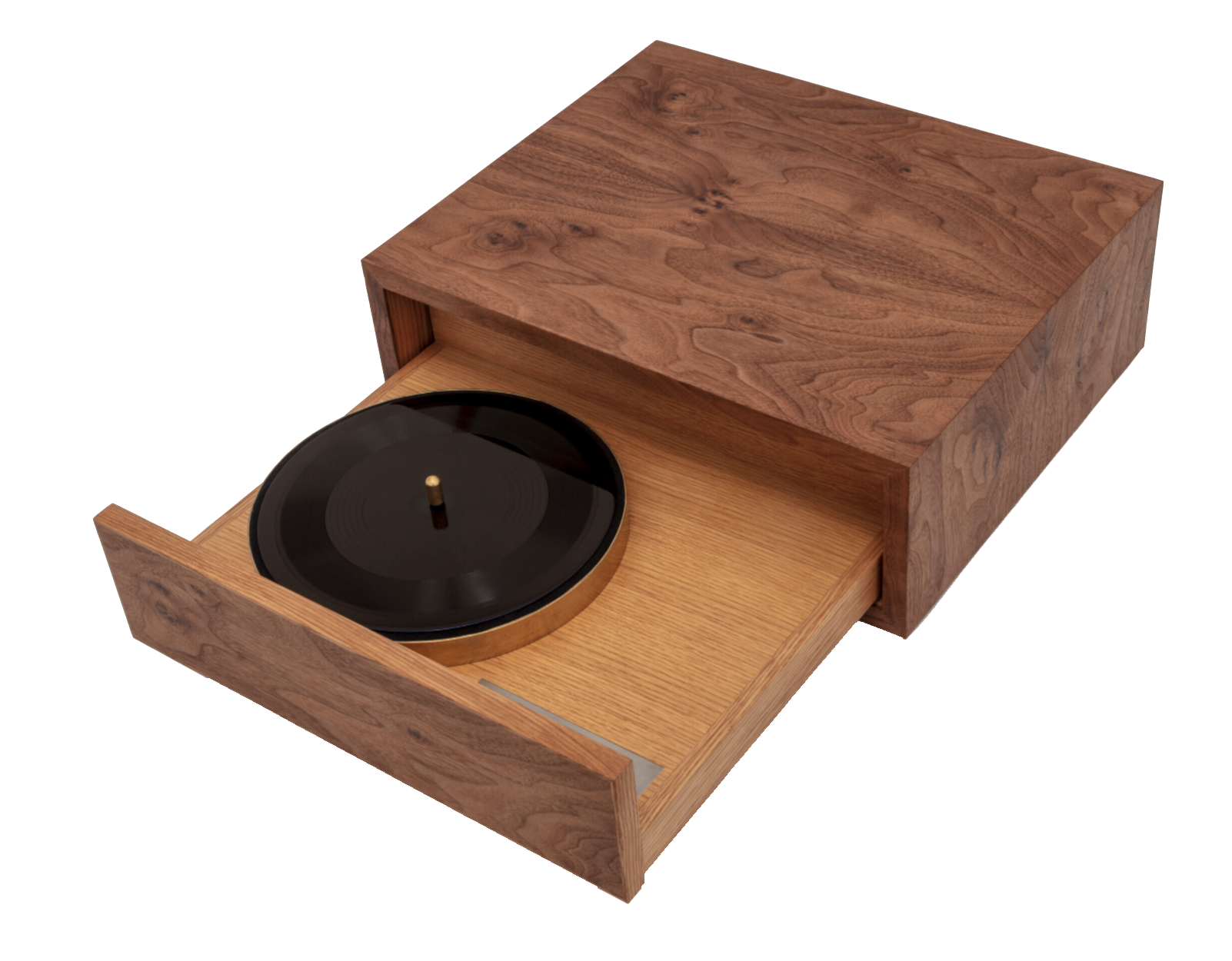
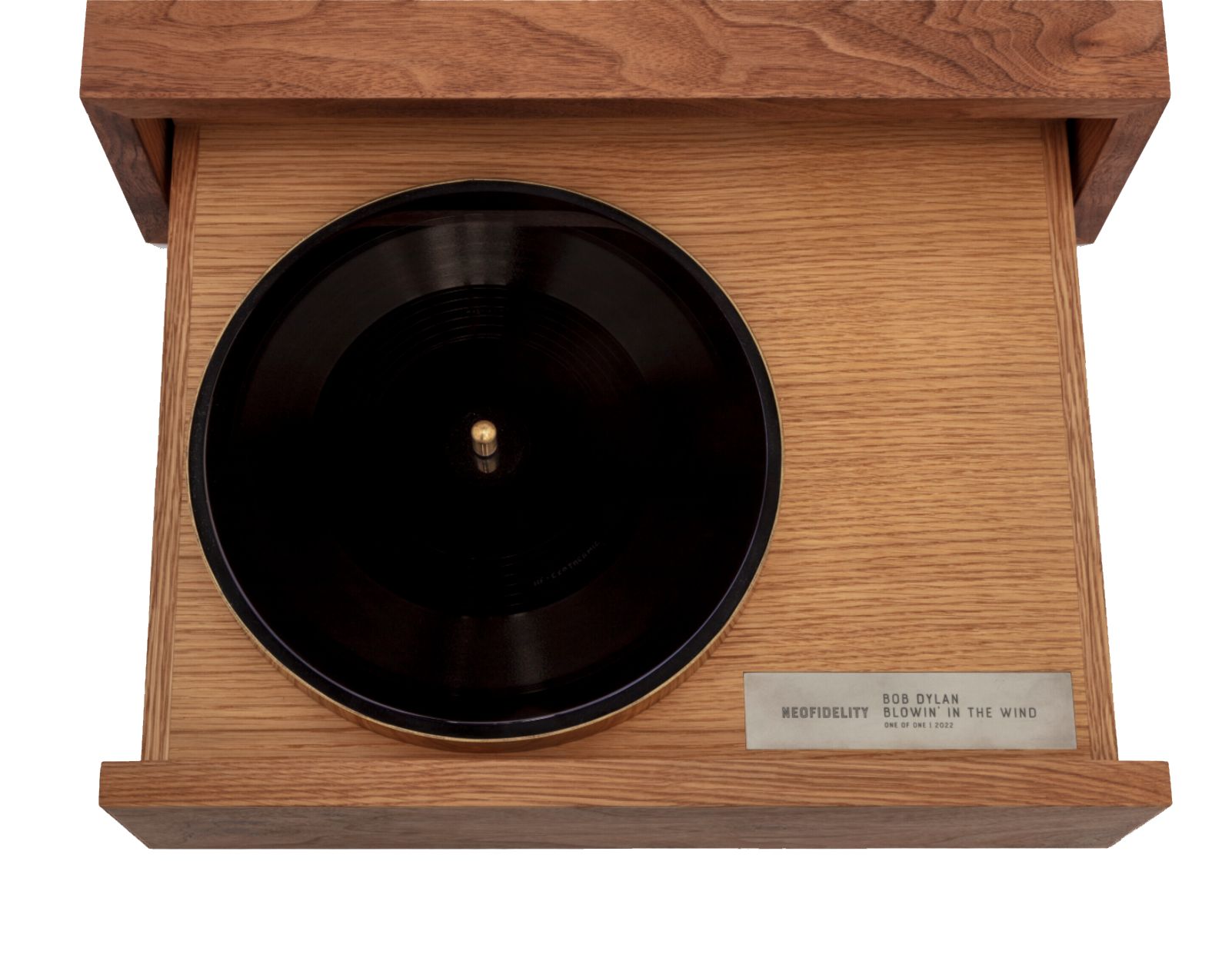
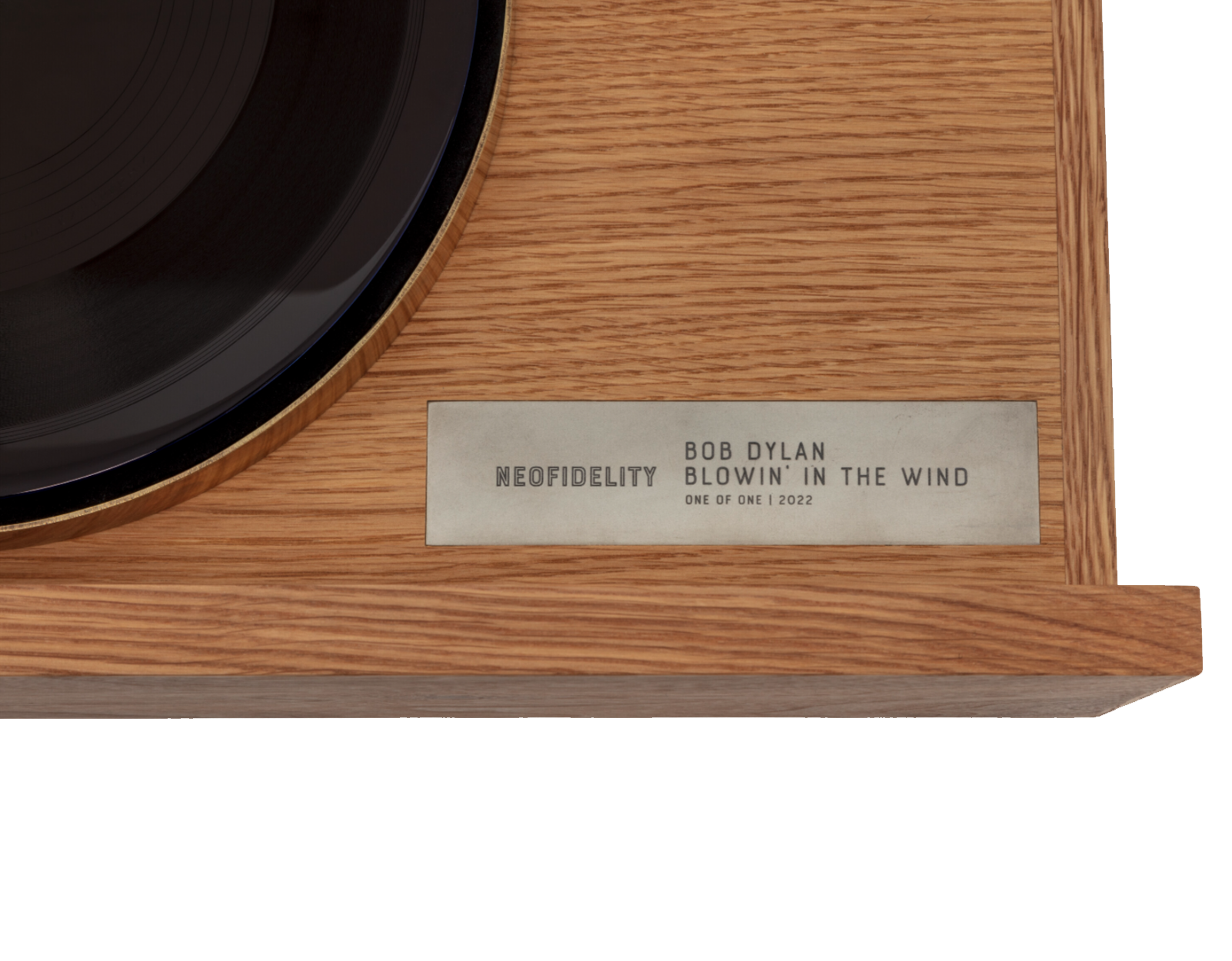

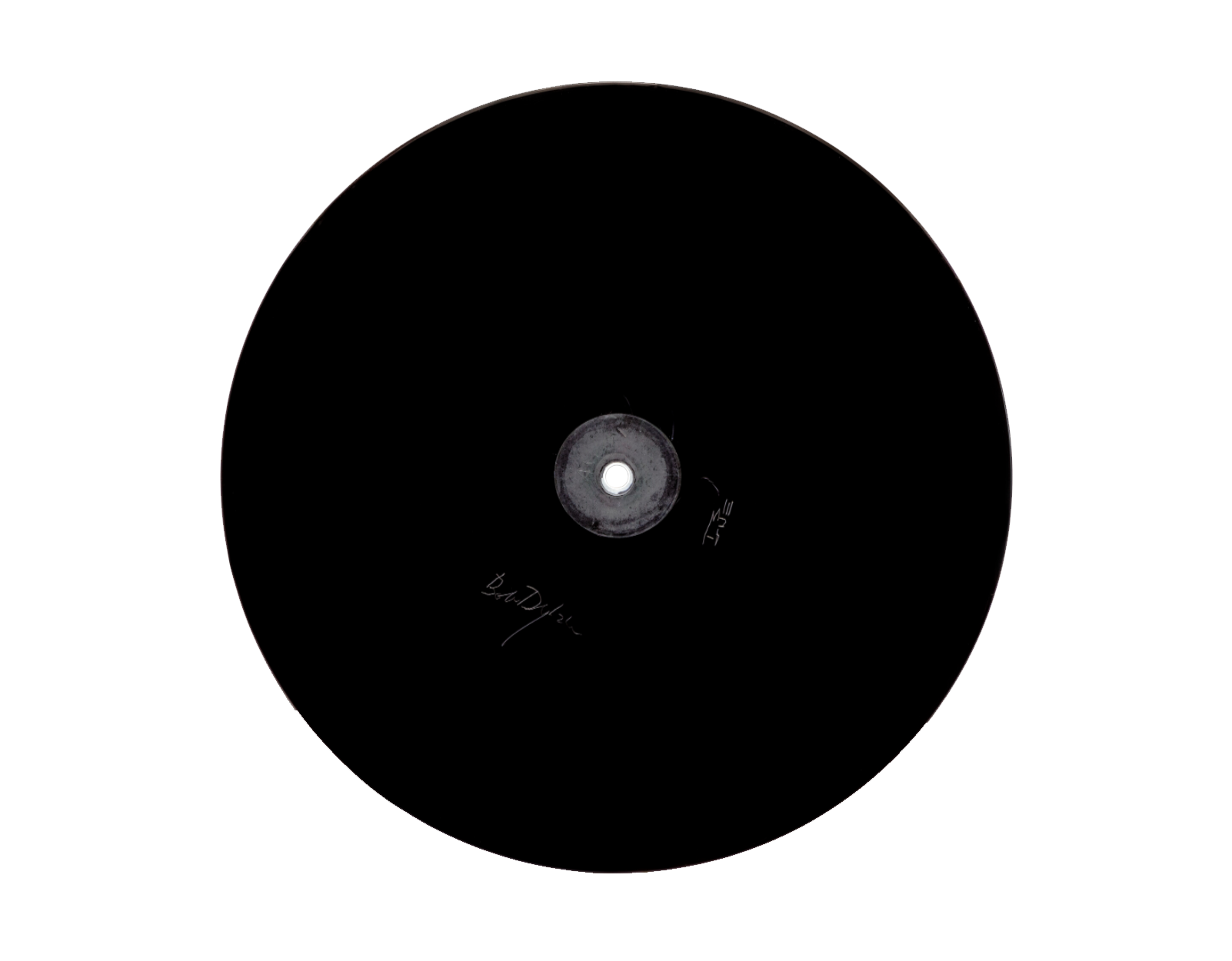
“We’re only making one because we view this work as the equivalent of an oil painting”
Playable on any regular turntable, the new format is described as "the pinnacle of sound" by Burnett. He goes on to say "I don't know what an original recording of Bob Dylan singing one of the most important songs of the last century is [worth] today, but I know it's not point $0.001 divided by 5 billion, which is the reality that musicians face now." - A blatant comment on the current state of music streaming and the ways in which artists are paid.
So how does it sound?
Well, unless you’re one of the lucky fans that has been you’ve been to visit Christie’s Auction House, there is no way of knowing first-hand. Supposedly, the auction house has a sedate side-room, where the 10-inch disc is handled with silk gloves before being placed on a £30k McIntosh hi-fi system comprising of the MT5 Precision Turntable, MP1100 Phono Preamp and MHA200 Headphone Amplifier,
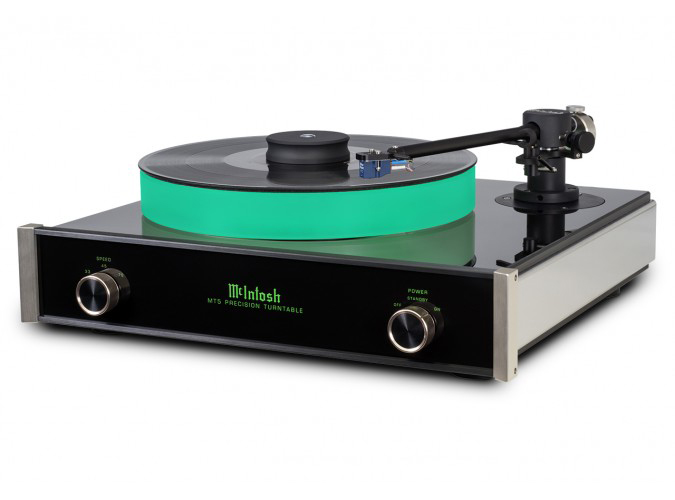
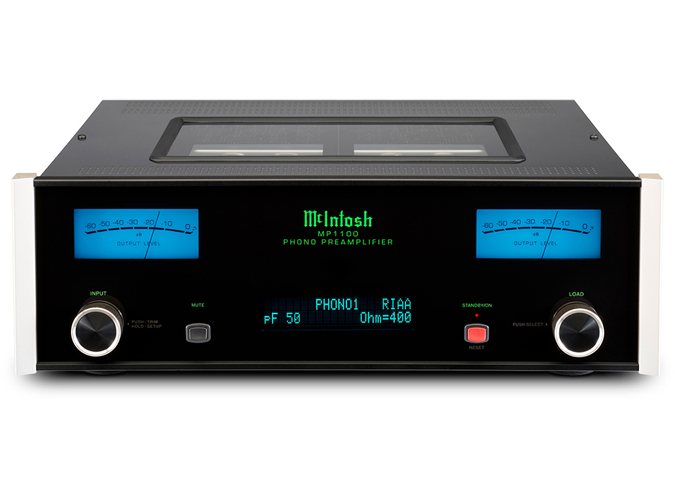
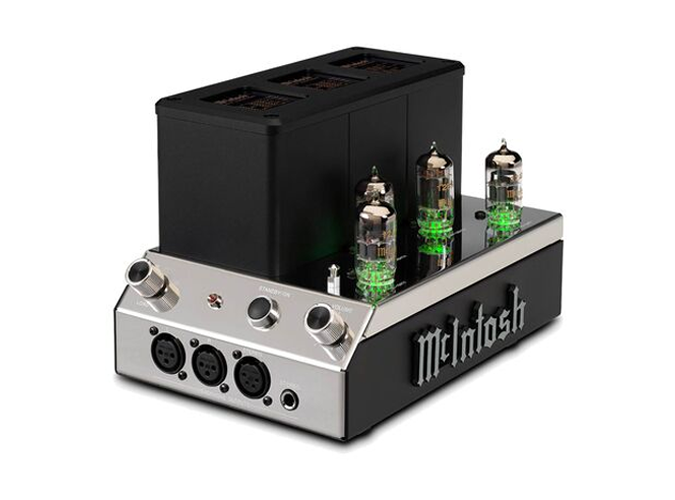
BBC’s, Mark Savage, is one such person who has had the privilege of sampling the exclusivity of both the Bob Dylan track and the Ionic Original experience -
“Listening on headphones, the warmth and precision of the sound is immediately apparent, save for a few pops and cracks (maybe four in total) attributable to dust or static on the surface of the record.
Dylan's voice is smooth and dextrous throughout, having benefited from an extended break in touring during the Covid-19 pandemic.”
I find it interesting that he notes the pops and cracks… After all, Burnett himself says “the discs are essentially self-cleaning”… Interesting!
Should I expect to be buying Ionic Original in the future?
In my humble opinion… No. I really wouldn’t worry about the need to think about replacing your record collection anytime soon… Not least at all, because the discs can’t currently be massed produced. So for the meantime they are set remain collector's items for playboys and philanthropists. However, Burnett hopes they will be more widely adapted in the future…
“I don’t look at this as a replacement for anything,” he says. “I just look at it as another arrow in the quiver for every musician in the world [and] a whole new way of earning a living that we’ve never had before.”
Not to put a damper on Burnett’s endeavour, but this isn’t his first foray in to the reinvention of sound… In 2008, it was reported that Burnett started a new venture called ΧΟΔΕ (or Code), which aimed to do for music what THX did for cinema sound whilst allowing listeners to achieve "studio quality" recordings from a DVD player… This was a flash in the pan that died a quick death!
So at least for now, you can sit happy with your CDs and Vinyl. And as always, Audio T are on hand to help with any enquiry you may have. So be sure to Contact Us with your questions and queries.
Thanks for reading
Brad Tyler (Audio T Digital Marketing Manager)
If you’ve enjoyed this, why not go ahead and read some more of our other blogs, and be sure to follow us on our social media channels below…


